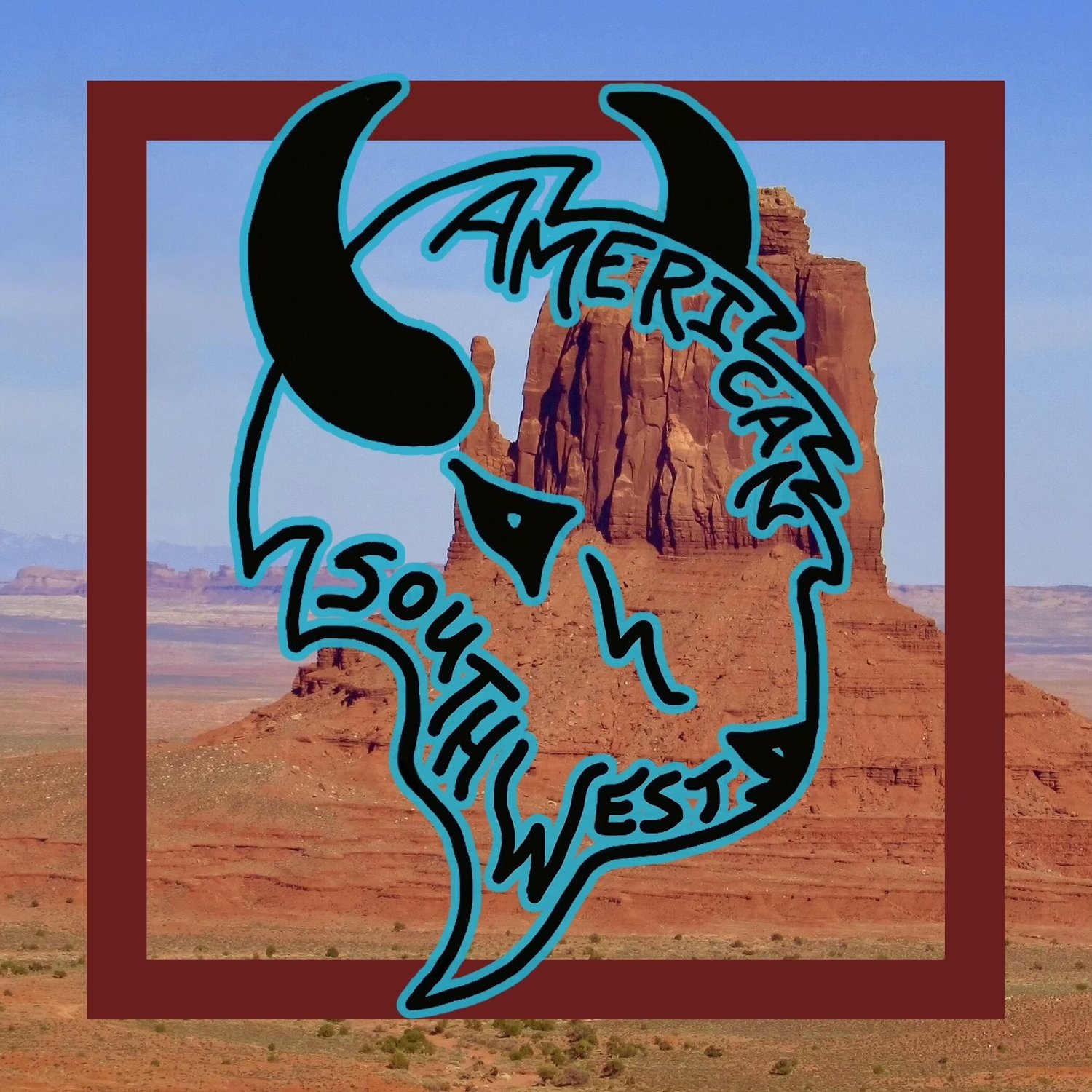
the Enchantment Chronicles
Chronicling the stories of the enchanting people, places, and events from New Mexico - the Land of Enchantment.
the Enchantment Chronicles
Today in New Mexico History - February 18, 1930 - Pluto Discovered by Clyde Tombaugh
Discover the enthralling saga of how a young Kansas farm boy with a telescope rewrote astronomy books and what an 11-year-old English girl had to do with it. Our journey through the stars celebrates the momentous day when Clyde Tombaugh spotted the elusive ninth planet from the Lowell Observatory—a discovery that danced on the edge of myth and science.
We'll traverse the events leading up to the grand announcement of Pluto on Percival Lowell's would-be 75th birthday, a date shared with another groundbreaking astronomical find. Learn about the rich legacy of New Mexico's connection to this celestial story, how it immortalized Tombaugh's feat, and why Pluto's contentious planet status doesn't diminish the wonderment of its discovery. Tune in for a cosmic tale that's as boundless as space itself.
- https://lowell.edu/discover/history-of-pluto/
- https://earthsky.org/space/clyde-tombaugh-discovered-pluto-on-february-18-1930/
- https://en.wikipedia.org/wiki/Clyde_Tombaugh
- https://www.nmlegis.gov/sessions/07%20regular/memorials/house/HJM054.html
- https://nerdist.com/article/pluto-is-still-a-planet-by-law-whenever-it-passes-over-new-mexico/
Check out the Enchantment Chronicles on Spotify, Google Podcasts, Apple Music, or anywhere podcasts are found.
Follow the Enchantment Chronicles on your favorite social media!
Instagram: @EnchantmentChronicles
Twitter/X: @NewMexPodcast
https://www.enchantmentchronicles.com
Welcome. This is Today in New Mexico History. Today is February 18. On Tuesday, february 18, 1930, clyde Tamba discovers Pluto in Flagstaff, arizona, at the Lowell Observatory. He was continuing the search for a ninth planet that Percival Lowell began in 1906. The ninth planet to be discovered, pluto, was the first object to be discovered and what would later be identified as the Kuiper Belt. After discovery, lowell Observatory staff chose March 13 to announce its discovery, because that would have been Percival Lowell's 75th birthday. Additionally, william Herschel discovered Uranus on March 13, 1781.
Speaker 1:What to name this new planet? Three classical mythological names were about equally popular among the proposals for the new planet Minerva, cronus and Pluto. Minerva was already in use and the primary supporter of Cronus was widely disliked, leaving Pluto as a frontrunner Outside of Lowell Observatory staff. It was first proposed by an 11-year-old English school girl named Vanisha Burney. Pluto of Roman mythology was able to render himself visible and, coincidentally, the first two letters of Pluto form Percival Lowell's initials. In order to avoid naming controversy like Neptune, the name was proposed to both the American Astronomical Society and the Royal Astronomical Society, both of which approved unanimously. The name was officially adopted on May 1, 1930.
Speaker 1:Clyde Talba was only 25 years old at the time of the discovery and did not even yet have a college degree at the time. After his discovery, talba obtained a scholarship and began studying astronomy at the University of Kansas, completing his formal education in 1939. Mr Talba. Dr Talba taught astronomy at New Mexico State University for 20 years and was a lifelong proud resident of the state. On August 24, 2006, pluto was downgraded from major planet status. After Talba's death, it is now considered a dwarf planet. However, pluto will forever be known as a major planet when it passes New Mexico. In 2007, the 48th legislature passed House Joint Memorial 54, which reads Now therefore, be it resolved by the legislature of the state of New Mexico that, as Pluto passes overhead through New Mexico's excellent nights guys, it will be declared a planet forever. Thank you. This is today in New Mexico history.
Podcasts we love
Check out these other fine podcasts recommended by us, not an algorithm.

The Wild West Extravaganza
The Wild West Extravaganza
Texas History Lessons
Texas History Lessons | Age Of Radio
The American Southwest
Thomas Wayne Riley